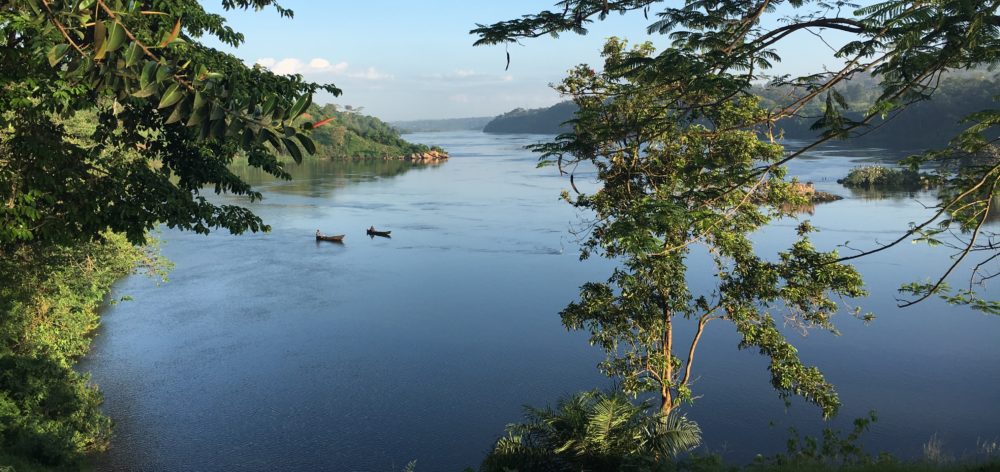Research Summary
My research is in numerical algebraic geometry, more specifically, numerical methods to solve nonlinear equations arising in science and engineering as part of Prof. Jonathan Hauenstein’s research group. The main tool I employ to solve polynomial systems is homotopy continuation or path tracking. Some highlights of my research are:
- Model nonlinear problems via systems of polynomial equations.
- Develop numerical methods to solve and analyze the resulting systems.
- Compute and certify solutions to large sets of polynomials over parameter spaces within the limits of interest and real-world applications.
- Current projects involve using computational techniques to analyze and simulate the exceptional motion of mechanisms and their motion curves.
- NSF intern at Sandia National Labs during the summer of 2018 working on symmetric tensor decomposition and developing a more efficient numerical algorithm to compute low-rank approximations.
- Systems Engineering intern at Ball Aerospace during the summer of 2020 where I worked on a team to develop a new method of collision avoidance.
Other Research Experiences
I was introduced to research and development done in the aerospace/defense industry as a Systems Engineering intern at Ball Aerospace during the summer of 2020. During this experience, I learned the basics of orbital mechanics and satellite propagation. I also got a taste for how cutting-edge research is done outside of academia. As part of an internal research and development effort, I used real data from previous anti-satellite weapons (ASAT) tests to develop tools, analyze and model the evolution of space debris for novel collision avoidance methods.
During the summer of 2019, I participated in the Gene Golub SIAM Summer School on High Performance Data Analytics. The school took place in Aussois, France, in the French Alps. The focus of the school was the intersection of data analytics algorithms and high-performance computing with applications from scientific computing and machine learning. The summer school included representatives from IBM and Hodge Star Scientific to bring an industry perspective to these problems. We were introduced to methods for analyzing large volumes of data such as low-rank approximation, dimension reduction, and determinant point processes. I got to learn even more from Dr. Tammy Kolda, who I worked with in the summer of 2018, on tensor decomposition in data analytics. Further, we were introduced to tools to implement these algorithms on large scale computers such as OpenMP, MPI, and Docker. To learn more, check out this great article written by one of my colleagues at the summer school.
In the Fall of 2018 I participated in the semester program on Nonlinear Algebra at the Institute for Computational and Experimental Research in Mathematics (ICERM) at Brown University in Providence, Rhode Island. During the semester I participated in the workshops: Nonlinear Algebra Bootcamp, Core Computational Methods, Real Algebraic Geometry and Optimization, and Nonlinear Algebra in Applications. While continuing to work on existing research projects, I also joined working groups on tropical geometry and algebraic statistics to gain a better understanding of these other areas of nonlinear algebra.
As part of the NSF Mathematical Sciences Graduate Internship program, I interned at Sandia National Laboratories in Livermore, CA during the summer of 2018. I worked with Dr. Tamara Kolda on symmetric tensor decomposition and developing an implicit method to numerically compute low-rank decompositions to symmetric tensors. In this method, the decomposition is computed using the original data matrix, cutting out the need to form the whole tensor, thus increasing computational efficiency. This work is still ongoing with plans for future publication and rolling out the code as part of Tensor Toolbox. Read more about my experience at Sandia here.
